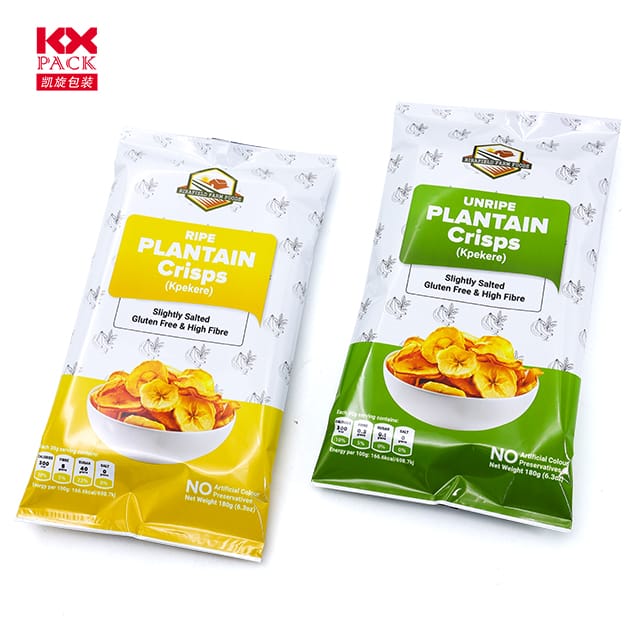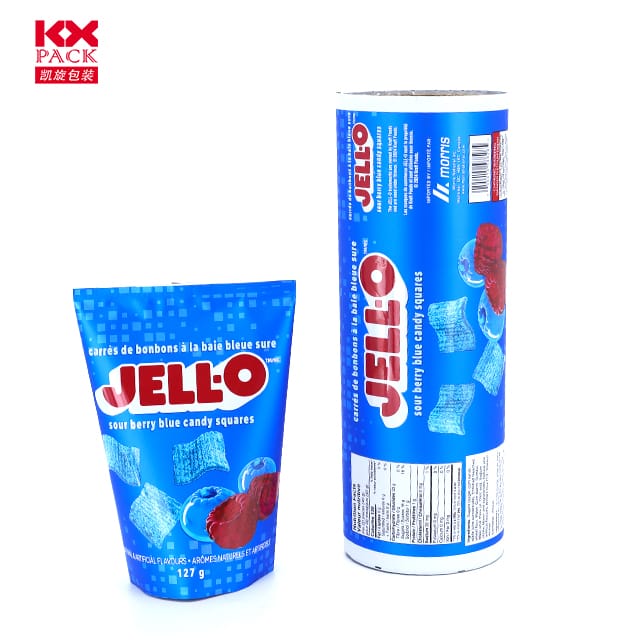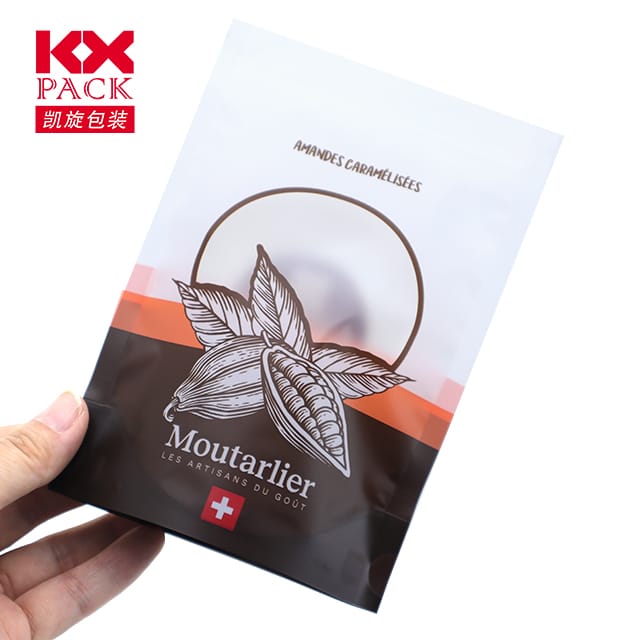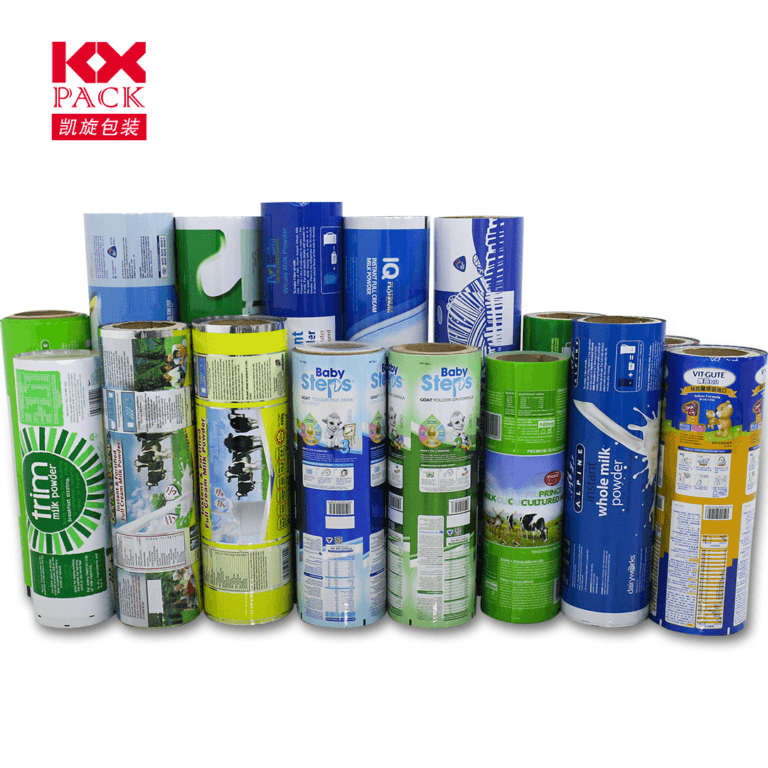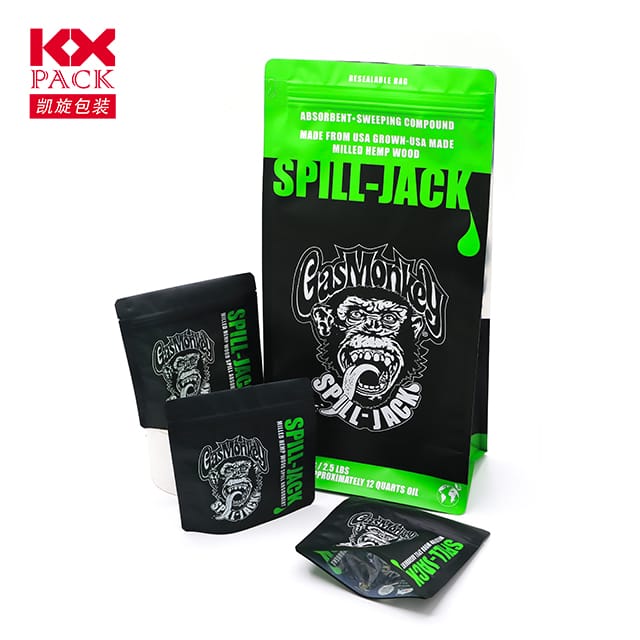The Versatile World of Food Film Wrap: Preserving Freshness and Flavor
غلاف فيلم الغذاء
In the bustling kitchen, where creativity meets culinary artistry, one often-overlooked but indispensable tool stands out: غلاف فيلم الغذاء. This seemingly simple innovation has revolutionized the way we store, ينقل, and present food, ensuring that freshness, flavor, and presentation remain intact from the moment a dish is prepared until it’s enjoyed. Let’s dive into the fascinating world of food film wrap and explore its myriad uses, فوائد, and the latest innovations shaping this humble yet essential kitchen staple.
The Basics: What is Food Film Wrap?
Food film wrap, also commonly known as cling film or plastic wrap, رقيقة, flexible plastic sheet designed to tightly adhere to food surfaces. Made from materials like polyethylene (PE) or polyvinylidene chloride (PVDC), it creates an airtight seal that protects food from oxygen, رُطُوبَة, والملوثات, thereby extending its shelf life and preserving its quality.
Preserving Freshness: The Primary Role
At its core, food film wrap’s primary function is to preserve food freshness. By sealing out air, it slows down oxidation, a process that can cause fruits, خضروات, and meats to spoil. This airtight barrier also helps retain moisture, keeping delicate items like lettuce crisp and berries juicy. For leftovers, it’s a game-changer, preventing dryness and staleness, and keeping flavors intact until the next meal.
Beyond Freshness: Enhancing Presentation
Beyond its practical uses, food film wrap plays a crucial role in food presentation. Chefs and home cooks alike use it to mold salads, wrap aspics and terrines, and cover dishes for a clean, نظرة احترافية. The transparent nature of the wrap allows food to be displayed attractively while still being protected, making it a staple in restaurant kitchens and household kitchens alike.
Innovations in Food Film Wrap
The evolution of food film wrap doesn’t stop at basic preservation. Today’s market offers a variety of innovative options tailored to specific needs:
- Compostable and Biodegradable Wraps: In response to environmental concerns, manufacturers have developed wraps made from plant-based materials like PLA (حمض بولييلاكتيك), which decompose naturally, reducing plastic waste.
- Microwave-Safe Wraps: Designed to withstand heat without melting or emitting harmful chemicals, these wraps make reheating leftovers a breeze while still maintaining food quality.
- Reusable Wraps: An eco-friendly alternative to single-use plastic, reusable wraps are made from materials like beeswax, cotton, or silicone, offering a sustainable solution for food storage.
Practical Tips for Using Food Film Wrap
To get the most out of your food film wrap, here are a few practical tips:
- Stretch It Out: For a tight seal, stretch the wrap tightly over the food before pressing down to adhere. This removes any air pockets and creates a better barrier.
- Avoid Direct Heat: While some wraps are microwave-safe, it’s best to avoid direct contact with high heat sources to prevent melting and potential chemical leaching.
- Recycle Responsibly: For conventional plastic wraps, check local recycling guidelines to ensure proper disposal. Opt for compostable or reusable alternatives where possible.
استنتاج: A Kitchen Essential for the Modern Cook
ختاماً, food film wrap is a versatile and indispensable tool in any kitchen, whether you’re a professional chef or a home cook. قدرتها على الحفاظ على النضارة, enhance presentation, and adapt to modern needs through innovations makes it a staple worth investing in. As we continue to explore more sustainable options, the future of food film wrap looks not just functional but also environmentally conscious. So next time you reach for that roll in your kitchen drawer, يتذكر: behind its simple appearance lies a world of possibilities, designed to keep your culinary creations at their best.

